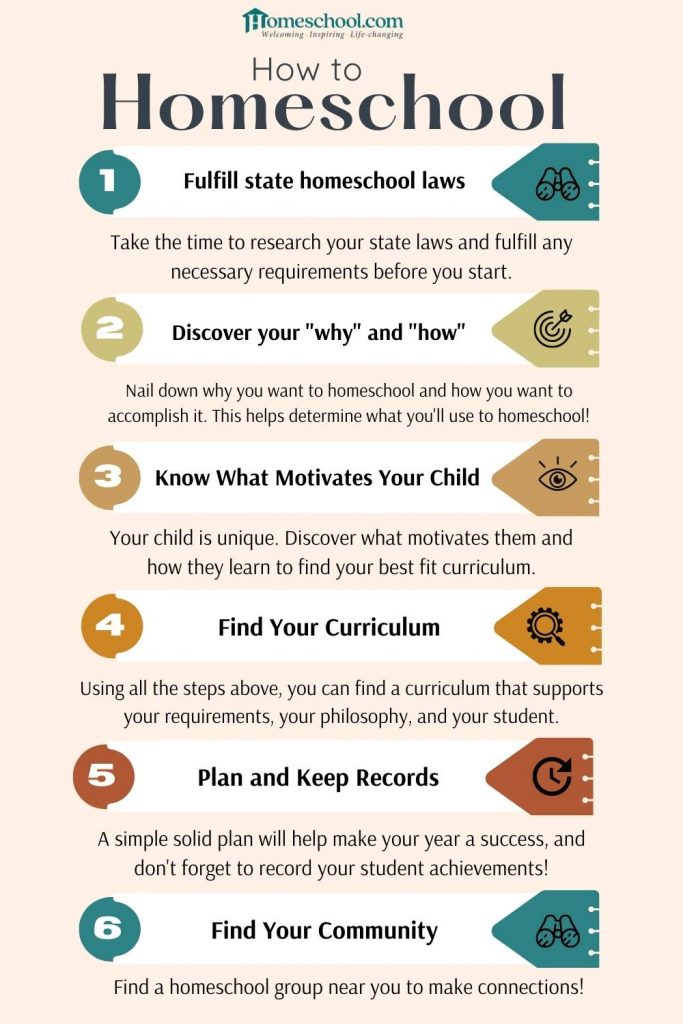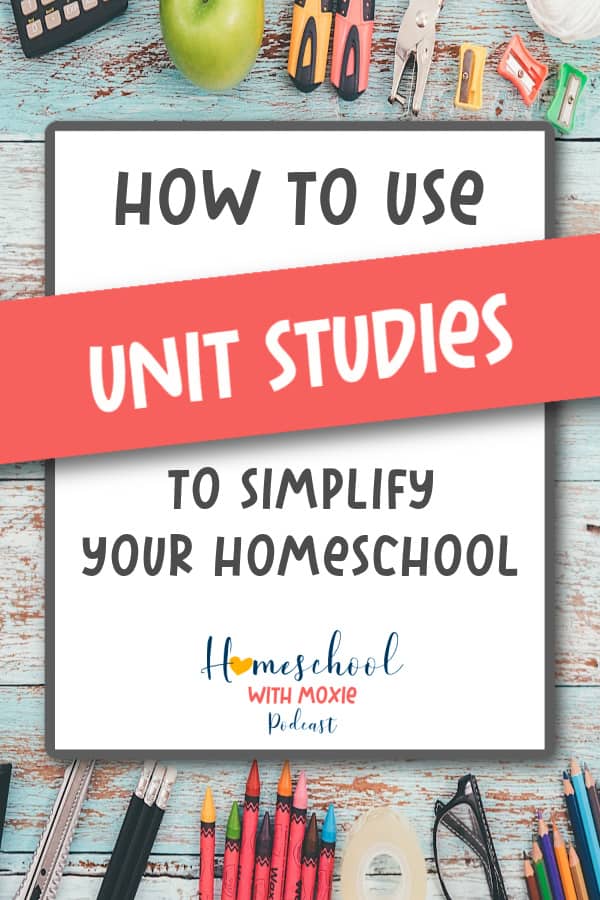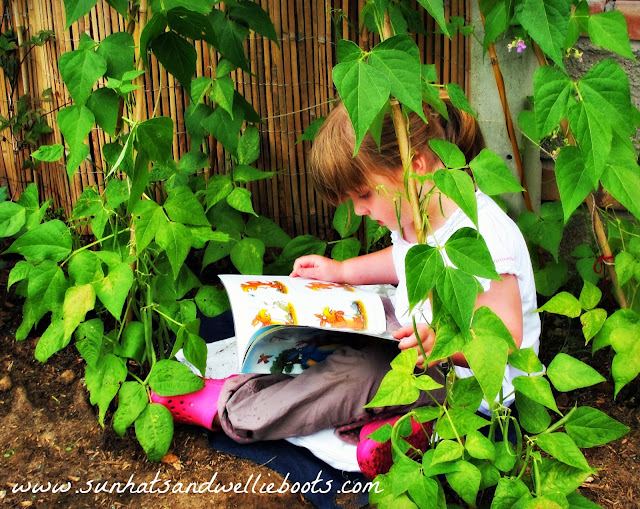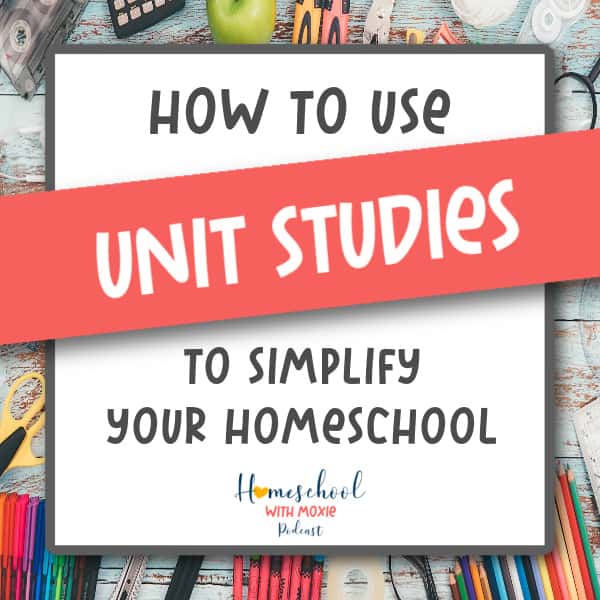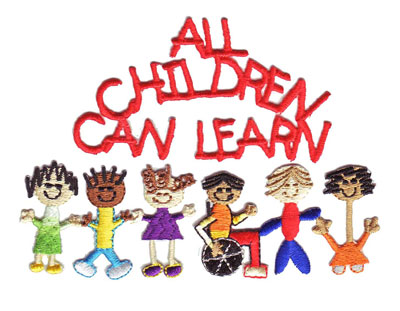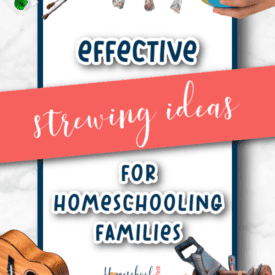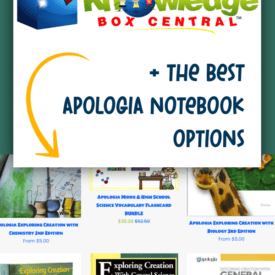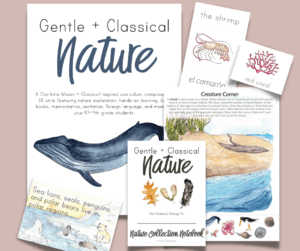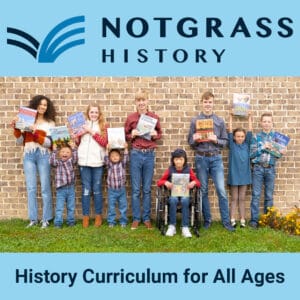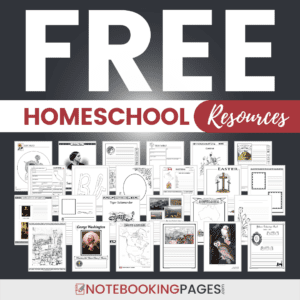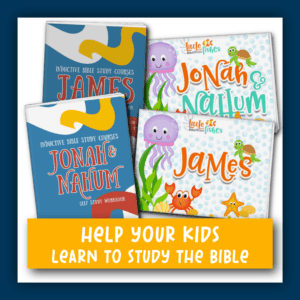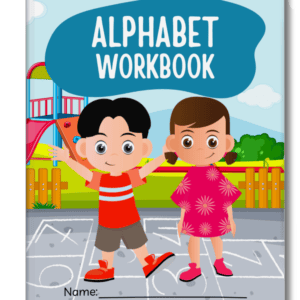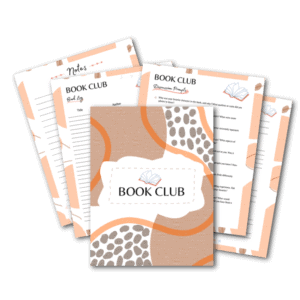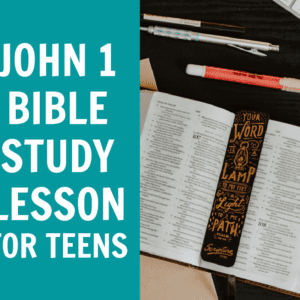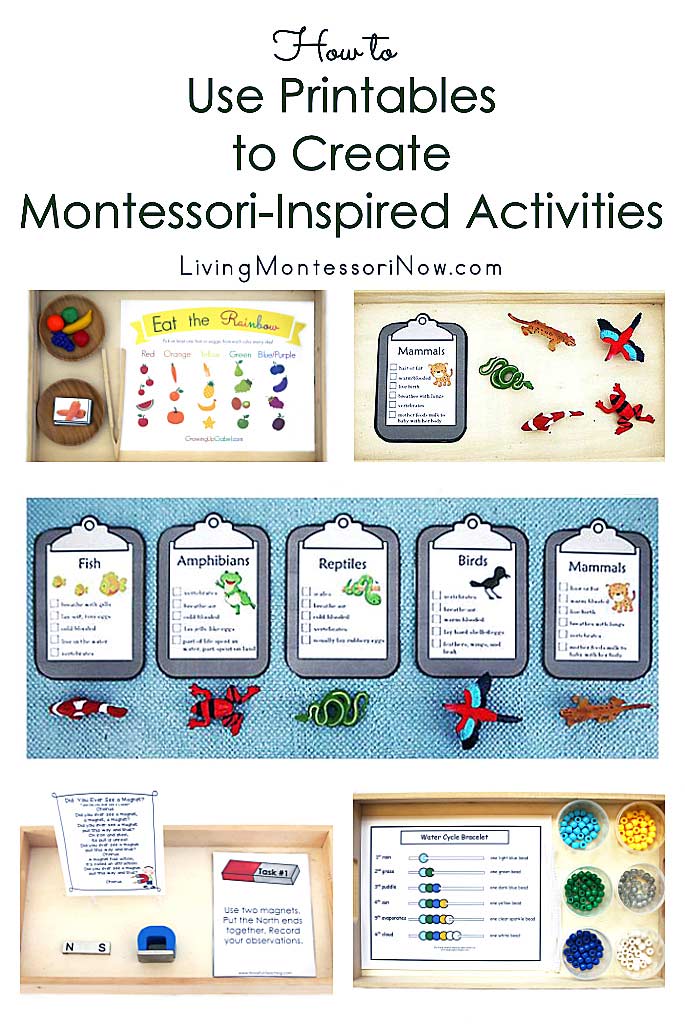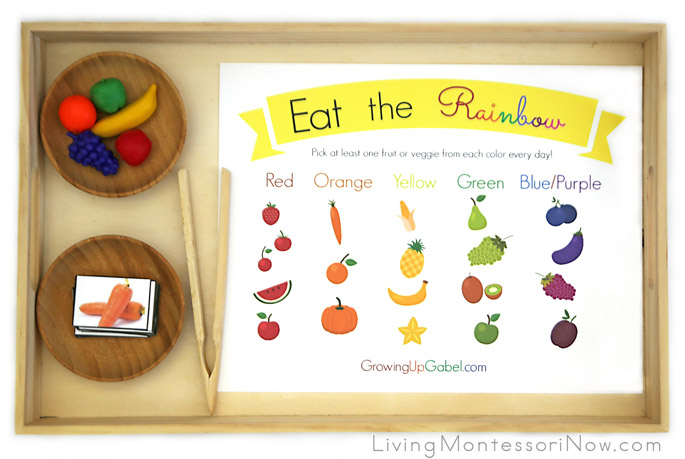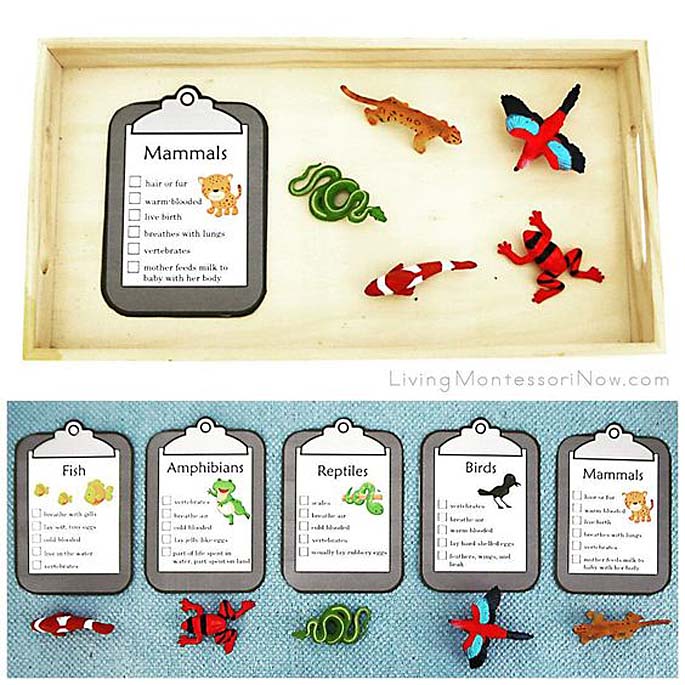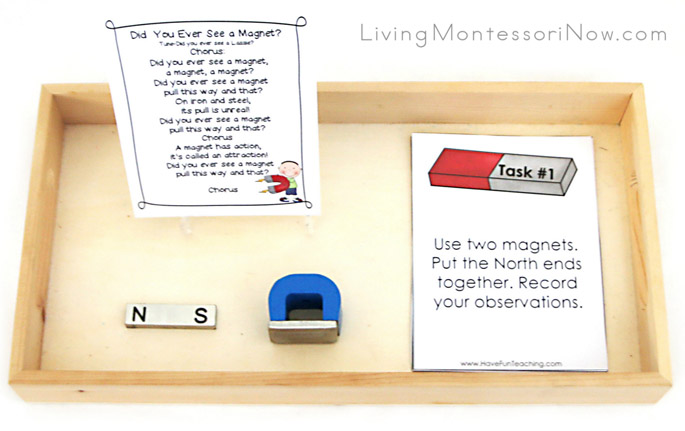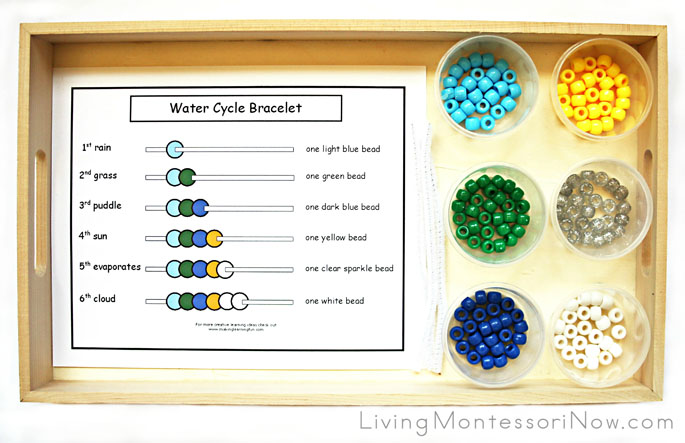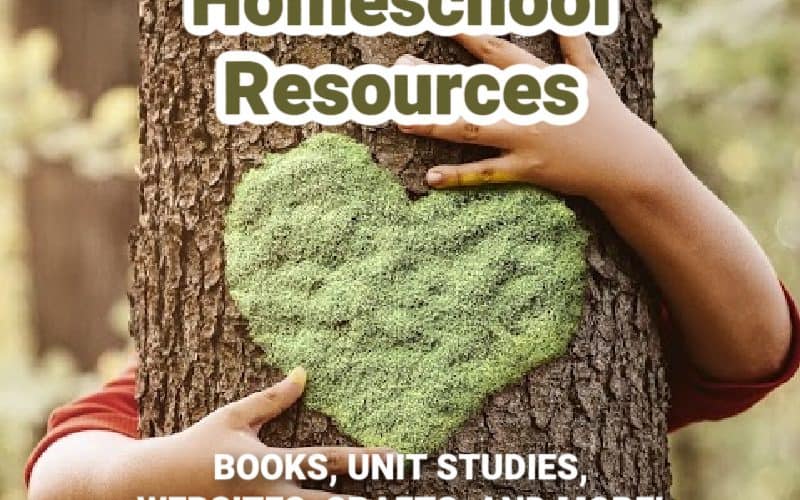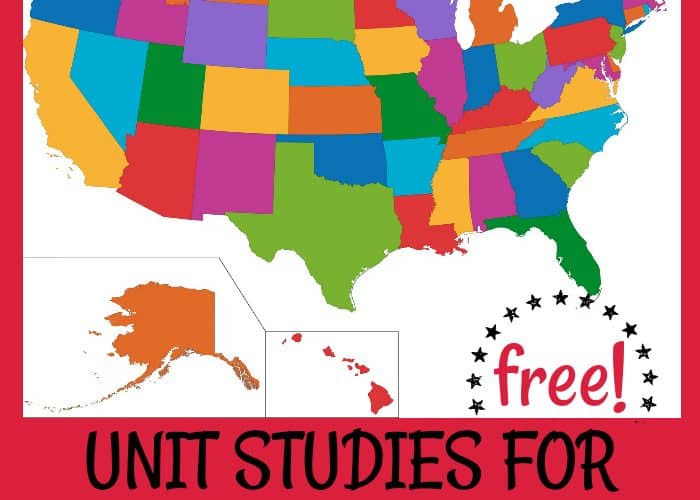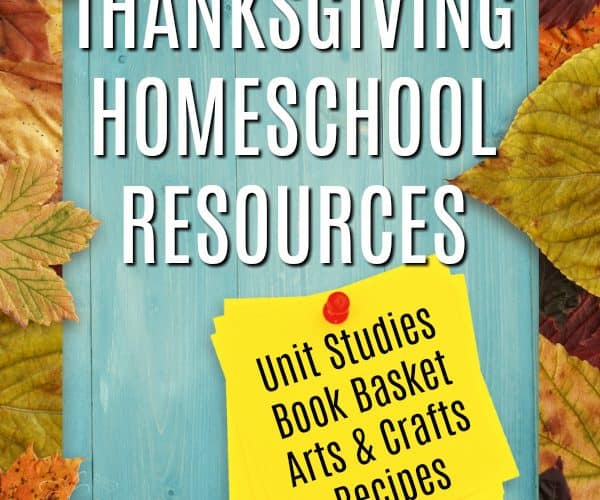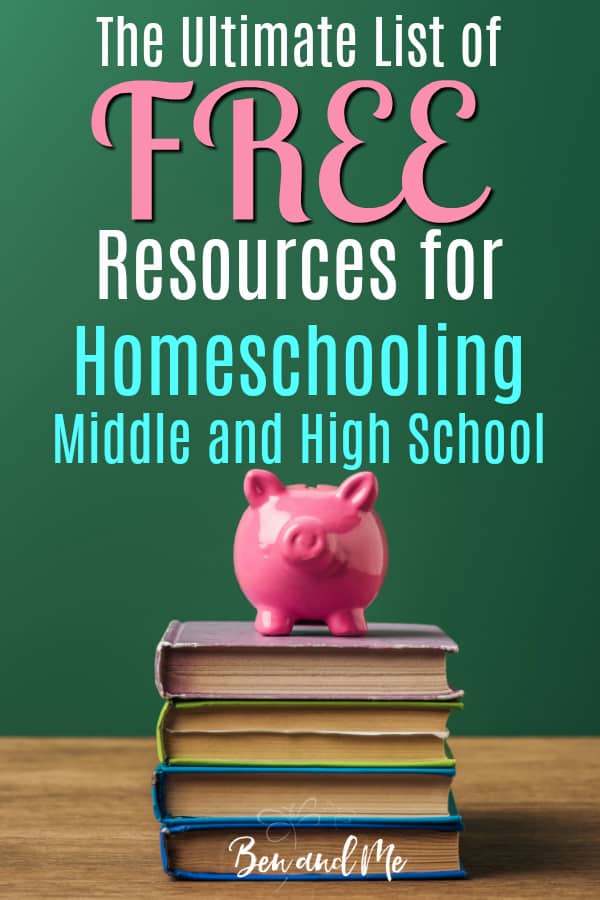Early Childhood
Play &Learn
Play &Learn
Introduction to Early Childhood Educator Resources
Education is an essential foundation for a child's academic and personal growth. Educators who work with require various resources to ensure that they can provide a comprehensive learning experience.
Planning and Organizing Preschool Lessons
Circle Time and Calendar Time
Preschool Learning Centers
Assessments and Portfolios
Classroom Management
Preschool Student Recognition
Parent Communication
Storing and Organizing Thematic Materials
Planning and Organizing Preschool Lessons
Creating engaging and educational preschool lessons can be both exciting and challenging. Lesson plans are an invaluable resource for preschool educators. Lesson plans provide a structured outline of the topics that will be covered and the activities that will be conducted. They also help educators to ensure that they are meeting the learning objectives and standards required by their institution. Lesson plans can be found online or created individually by the educator. Check out our free lesson planning pages where you can find engaging preschool activity ideas sorted by learning domain. Learn more about the importance of planning your lessons, and how to set up your theme calendar for the year. Use a Preschool Lesson Planning Template to organize your lessons.
A preschool lesson planning template is a tool that can help teachers create educational activities for their students. It contains a list of activities and materials that can be used to create an effective learning environment for children. The template can be used to plan the classroom layout, the order of activities, and the objectives for the lesson. By using a template, teachers can ensure that their lesson plans are organized, aligned with learning outcomes, and that they are providing the best possible learning experience for their students.
Preschool Circle Time and Calendar Time
Circle time and calendar time provide many opportunities for children to practice important social skills, such as sharing and listening. Circle time is an engaging way for preschoolers to learn, through stories, Finger plays, songs, rhymes , and other activities. It is also a great way to foster a sense of community in the classroom, as it gives children a chance to bond with their peers and talk about their day. During circle time, teachers might lead the class in singing songs, telling stories, or playing games. It also provides a chance for children to practice their listening skills, as they need to stay focused and attentive while the teacher is speaking.
Calendar time is another important part of the preschool classroom. During calendar time, teachers might have the children count the days of the week, or talk about different holidays or birthdays that are coming up. Through this activity, children learn to recognize numbers and shapes, practice counting and pattern recognition, begin to understand the passing of time, and practice the names of the days of the week, and months of the year. A preschool focus wall can also be used at circle time. It can be a bulletin board, or a physical wall in a preschool classroom that helps to focus the students on the learning objectives and activities that are taking place in the classroom. The wall is often decorated with visuals such as posters, artwork, and other items that relate to the theme of the lesson or activity. It is a great way to keep the students engaged and excited about learning. The focus wall can also include information about upcoming events or activities and can serve as a reference point for the students. It is an invaluable tool in a preschool classroom and helps to keep the learning environment focused and organized.
Learning Centers
Learning centers are areas of the classroom that are dedicated to exploring a variety of topics and activities. These areas can be organized around themes related to different aspects of early childhood development, such as literacy, math, science, art, music, and physical activity. Learning centers provide children with opportunities to interact with materials and practice skills in a fun and engaging way. They also allow teachers to observe and assess the progress of individual children, and to facilitate learning through small group activities. Learning centers are a great way to encourage children to explore, discover, and use their imaginations in a safe and supportive environment.
Assessments & Portfolios
Preschool assessments and portfolios are invaluable tools for teachers, parents, and administrators to monitor a child’s academic and social development. Assessments measure a child’s growth and allow teachers to adjust instruction to meet the needs of each student. Portfolios are collections of student work that can be used to track progress and highlight achievements.
The first step in creating a preschool assessment is to determine the purpose and goals of the assessment. This will help teachers decide which skills to measure and how to measure them. Common areas of assessment include phonemic awareness, phonics, print awareness, oral language, mathematical skills, and social-emotional development.
Once the purpose and goals of the assessment have been established, teachers can create an appropriate assessment tool (
Download our assessment binder for free
). This could be a paper-and-pencil test, an observation checklist, or a rating scale. Teachers should ensure that the assessment tool is age-appropriate and that it measures the skills that are relevant to the child’s current level of development.
Portfolios are collections of student work that provide a snapshot of the student’s development over time. They can include artwork, writing samples, and other evidence of learning. Portfolios can be used to track progress and highlight achievements. They can also be used to create individualized learning plans that are tailored to each student’s specific needs.
Early Childhood assessments and portfolios are essential tools for teachers, parents, and administrators. Assessments provide data that can be used to inform instruction and monitor academic growth. Portfolios provide evidence of a student’s development and can be used to create individualized learning plans. When used together, assessments and portfolios can provide a comprehensive picture of a child’s academic and social development.
Classroom Management
Class management is important for creating a safe, nurturing environment for children to learn and grow. The first step to successful classroom management is to establish clear expectations, rules, and consequences. It is important to be consistent with expectations and consequences. An effective way to communicate expectations is to post rules in the classroom and discuss them with the children regularly.
Classroom Routines are very important. Using a visual schedule can help your students anticipate what is coming up next, and make transitions much smoother.
Job charts are helpful for preschool classrooms. Job charts help young children understand the importance of responsibility. Posting job charts in the classroom can help children learn to help others, follow instructions, and have a sense of ownership in the classroom.
Calm down spaces, and calming activities are also beneficial in classrooms. These spaces are important for helping children de-escalate when they are feeling frustrated or overwhelmed. Calm down spaces should be comfortable and provide the children with a variety of calming activities such as books, puzzles, and sensory items.
Student Recognition
Hosting parties, giving certificates, and sending home positive student notes are a great ways to recognize and reward the hard work of your preschoolers. Involve your students in the process by encouraging them to help you decorate your classroom for parties, present certificates, and congratulate their classmates for their achievements.
Parent Communication & Engagement
Parent communication is an essential component of a successful preschool program. It helps build strong relationships between the preschool staff and the families they serve, and allows the staff to better understand the needs of the children and their families. By communicating regularly with parents, preschool staff can help ensure that their program is meeting the individual needs of each child and family. This kind of communication can also provide families with valuable resources and support in order to help their children succeed in the classroom and beyond. Parent communication is essential for creating a safe and supportive learning environment for children and their families.
One way your can improve parent communication in your program is by setting up a parent communication board.
A parent communication board is an effective way for parents and educators to communicate with each other. It is a board where parents can post announcements, reminders, and updates about school events, activities, and other important information. It also allows parents to ask questions and provide feedback to the school administration in order to help create a more collaborative learning environment. The board also provides an avenue for parents to stay informed of their students’ progress, events, and school-wide initiatives. When used properly, a parent communication board can serve as an invaluable resource for both parents and educators.
Another way you can improve communication is by sending out monthly Newsletters.
A preschool newsletter is a great way to keep parents informed about events and activities at the preschool. It should include information about upcoming events, learning activities, field trips, and any other news that parents need to know. It is also important to include information on any changes or updates to the preschool's policies or procedures. Additionally, the newsletter should provide ways for parents to get involved, such as volunteering opportunities or parent-teacher meetings. Finally, the newsletter should be designed in a way that is visually appealing and easy to read, so that parents can quickly and easily access the information they need.
Parent engagement activities are a great way to get parents involved in their child’s learning and development. Activities can range from simple tasks like playing games together, reading stories together, or more complex activities like facilitating a special event in your program. There are endless possibilities for engaging parents in their child’s education.
You can provide many opportunities for parents to participate in your program by asking for volunteers! Parents can help with events, speak to the students about their jobs, or even donate simple materials to your projects, or learning spaces.
Organizing your Classroom and Storing your Thematic Materials
When planning your own thematic lessons it's important to keep track of all of your related materials.
Preschool thematic materials are materials that are used to facilitate learning and exploration in a preschool classroom. These materials often include books, games, manipulatives, art supplies, and any other item that can be used to create a fun and educational learning environment. Keep thematic materials organized and labeled so that you can find the materials you need quickly. Create thematic binders or bins to store and organize your thematic materials.



